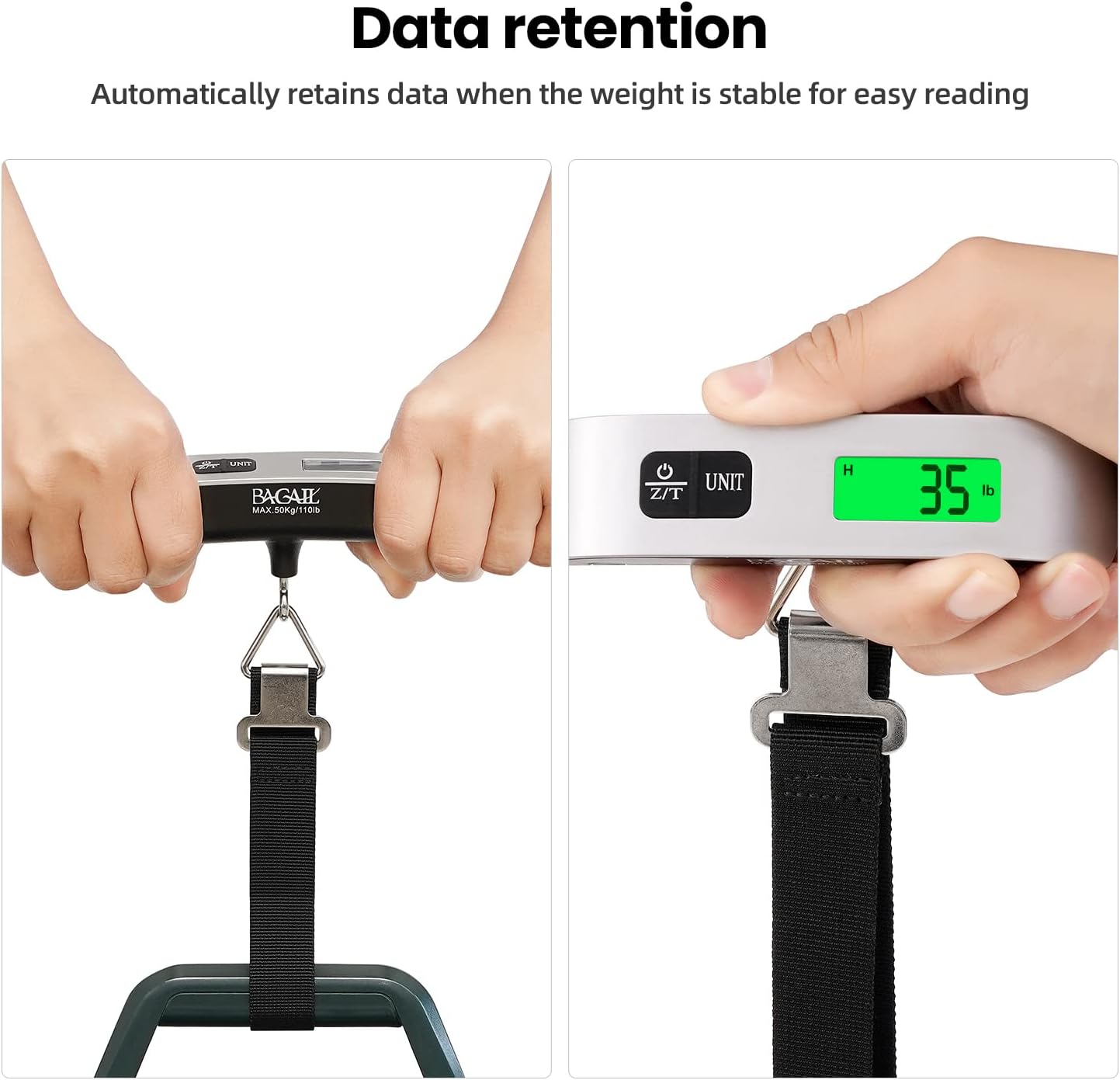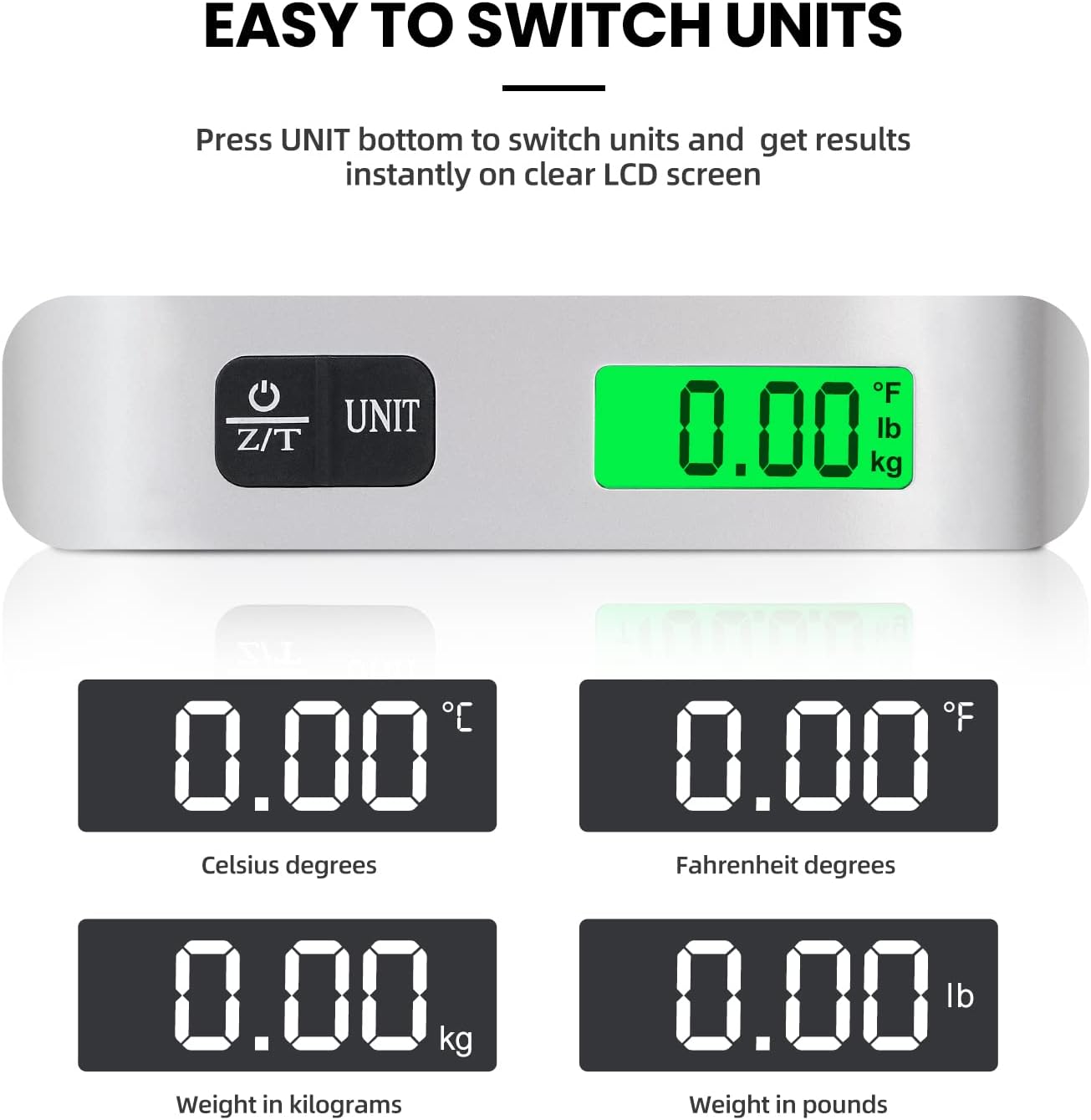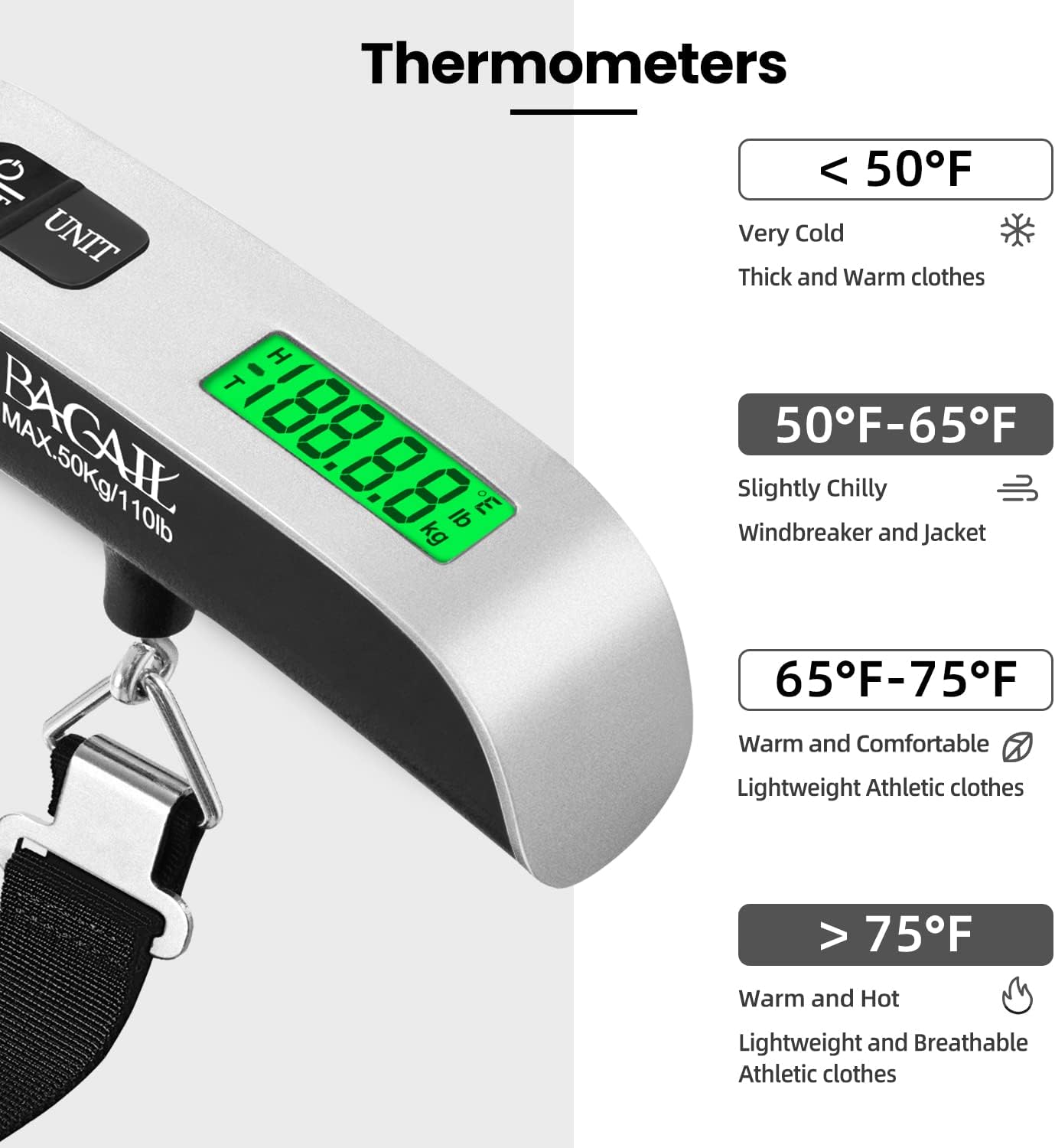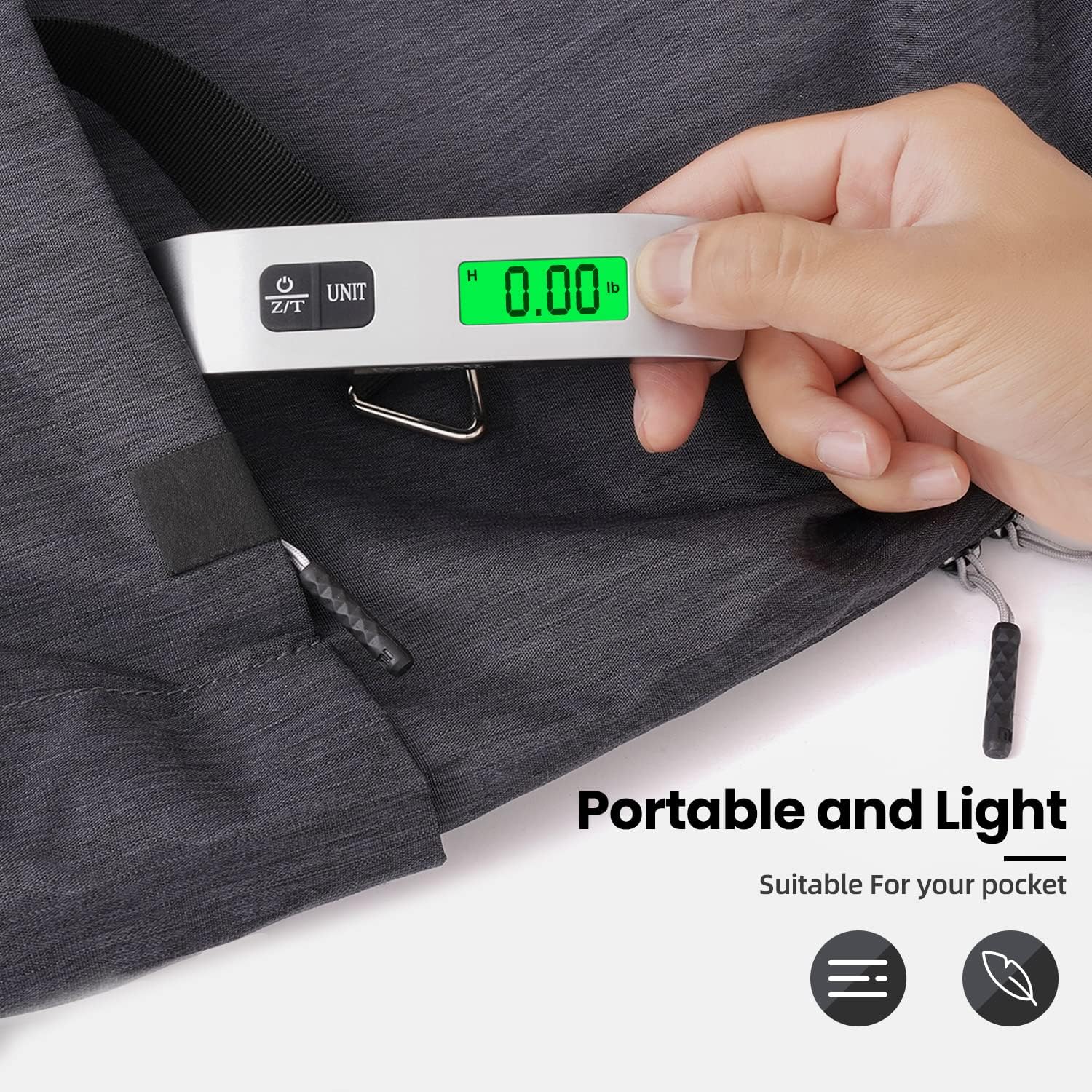






Understanding Amazon Customer Review Ratings: A Comprehensive Guide
What Are Amazon Customer Review Ratings?
When shopping on Amazon, customers often assess products based on customer reviews. These ratings significantly influence purchase decisions. But how does Amazon derive these ratings?
How Ratings Are Calculated
Amazon uses a sophisticated algorithm rather than a simple average to determine the overall star rating for a product. Several factors contribute to this calculation:
1. Recent Reviews Matter
Newer reviews are given more weight than older ones. This approach ensures that the rating reflects the most current customer experiences. If a product has improved over time, a recent review can uplift its rating significantly.
2. Credibility of the Reviewer
Not all reviews hold the same weight. Amazon analyzes the reviewer’s purchase history, ensuring that ratings come from verified buyers. This system aims to highlight authentic experiences, reducing the impact of potentially biased reviews.
3. Frequency of Reviews
The quantity of reviews also impacts ratings. A product with a significant volume of reviews may have more reliable ratings compared to one with just a few.
Why Trust Amazon’s Customer Review System?
Amazon’s review mechanism is designed not only to assist buyers in making informed decisions but also to foster trust. By analyzing review trends, the platform strives to highlight genuine feedback. Many customers rely on this system, so any inconsistencies can rapidly attract attention.
How to Interpret Star Ratings Effectively
Breaking Down Star Ratings
- 5 Stars: Excellent quality; most customers are satisfied.
- 4 Stars: Good quality, minor issues noticed by some users.
- 3 Stars: Average product; some benefits, but significant drawbacks.
- 2 Stars: Below average with multiple complaints.
- 1 Star: Poor quality; consumers express dissatisfaction.
What Should You Look for in Customer Reviews?
When reading reviews, keep an eye out for key aspects such as:
- Common praises or complaints: Are users highlighting the same aspects frequently?
- Detailed experiences: Look for reviews that provide substantial details about the user experience.
- Overall patterns: A mix of reviews can indicate product reliability or potential issues.
Pros and Cons of Relying on Amazon Reviews
Pros
- Variety of Experiences: A significant number of reviews provides a broader perspective, helping potential buyers gauge product performance.
- Trustworthiness: Verified reviews tend to be more credible due to Amazon’s trust verification mechanisms.
- Instant Feedback Loop: Sellers can quickly receive customer feedback through reviews, allowing them to make adjustments or improvements.
Cons
- Possible Bias: Some reviews may not represent true experiences, especially if incentivized.
- Overemphasis on Ratings: Customers might focus solely on ratings rather than reading detailed reviews, missing critical insights.
- Recent Trends Overlooked: Older products might suffer from ratings lag if they have improved or changed significantly in quality.
What Role Does Review Date Play?
The date of a review adds context to its relevance. A brand might successfully resolve issues that past reviews highlighted. By prioritizing recent reviews, customers can gauge how the product performs now rather than how it did six months ago.
Is There a Way to Influence Ratings?
Yes, sellers frequently launch initiatives to encourage satisfied customers to leave positive reviews. This practice can skew ratings but can also provide beneficial feedback that requires addressing actual consumer concerns. Buyers should remain cautious and assess whether reviews sound genuine.
How Amazon Verifies Reviews for Authenticity
Amazon employs various tactics to ensure reviews are legitimate:
- Amazon Vine Program: Some users receive free products in exchange for honest reviews, fostering an environment of candid feedback.
- AI and Machine Learning: Tools automatically sift through reviews, identifying fraud or manipulation attempts.
Conclusion
Amazon’s customer review system creates a landscape rich with feedback, facilitating informed purchasing decisions. By paying close attention to star ratings, the most recent reviews, and detailed customer experiences, potential buyers can make educated choices. However, understanding the pros and cons of relying solely on reviews is vital. With skepticism and careful analysis, customers can navigate through the deluge of information and select the products that best meet their needs.
FAQs
1. How often does Amazon update product ratings?
Amazon updates product ratings in real-time, reflecting new reviews as customers submit them.
2. Can brands manipulate customer reviews?
While some brands attempt to influence reviews, Amazon has strict policies to detect and penalize fraudulent activity.
3. How do I know if a review is from a verified buyer?
Amazon indicates verified purchase reviews with a "Verified Purchase" label next to the reviewer’s name.
4. Can reviews include images or videos?
Yes, customers can upload images or videos along with their reviews, offering more context.
5. What should I do if I suspect a review is fake?
If you suspect a review is dishonest, report it to Amazon for investigation. The platform takes such claims seriously and investigates accordingly.








